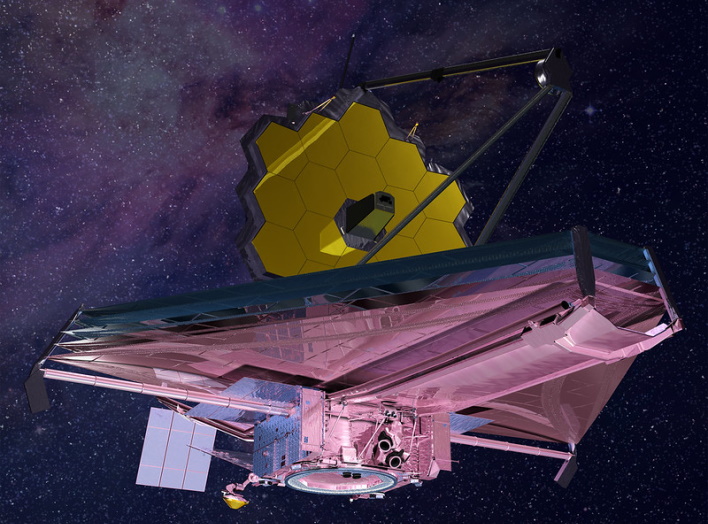Scientists Say Deep Space Network Could Detect Extraterrestrial Life In Just A Few Years

From E.T to The Arrival, and UFO hunting TV shows galore, humans have always been fascinated with the possibility of finding life beyond the confines of Earth, be it real or fictional. In that endeavor, scientists are employing new technologies to try and detect signs of life on other planets, and it may happen sooner than you might think. According to one researcher, a new telescope attached to the Deep Space Network (DSN - NASA’s international array of giant radio antennas) could detect life signatures on other planets in as little as 60 hours, but more realistically within the next five to ten years.
NASA’s James Webb Space Telescope is the successor to the Hubble telescope and is being prepped for launch in October of this year after many delays. This new telescope is an infrared observatory featuring longer wavelength coverage and greater sensitivity to “complement and extend the discoveries of the Hubble Space Telescope.” Ahead of the launch, researchers are running calculations to see what this new telescope will be capable of, and it is quite surprising.

This is where the 60 hour detection theory comes into play. However, Phillips and her team will report their research findings and calculations later today in a presentation titled “Scientists May Detect Signs of Extraterrestrial Life in the Next 5 to 10 Years.” However long it ends up taking, humans could be seemingly on the cusp of detecting extraterrestrial life, and the next few years of scientific research will be fascinating. Thus, keep an eye on HotHardware for updates as we cover what is to come for the James Webb Space Telescope and Deep Space Network.
James Webb Space Telescope rendering, credit: NASA

